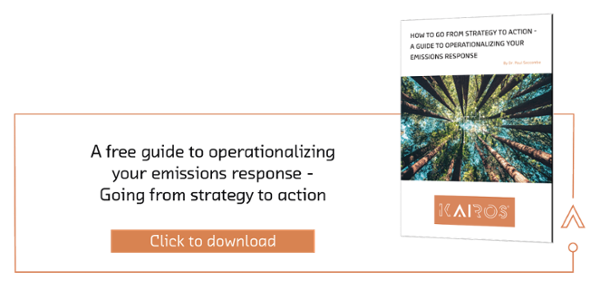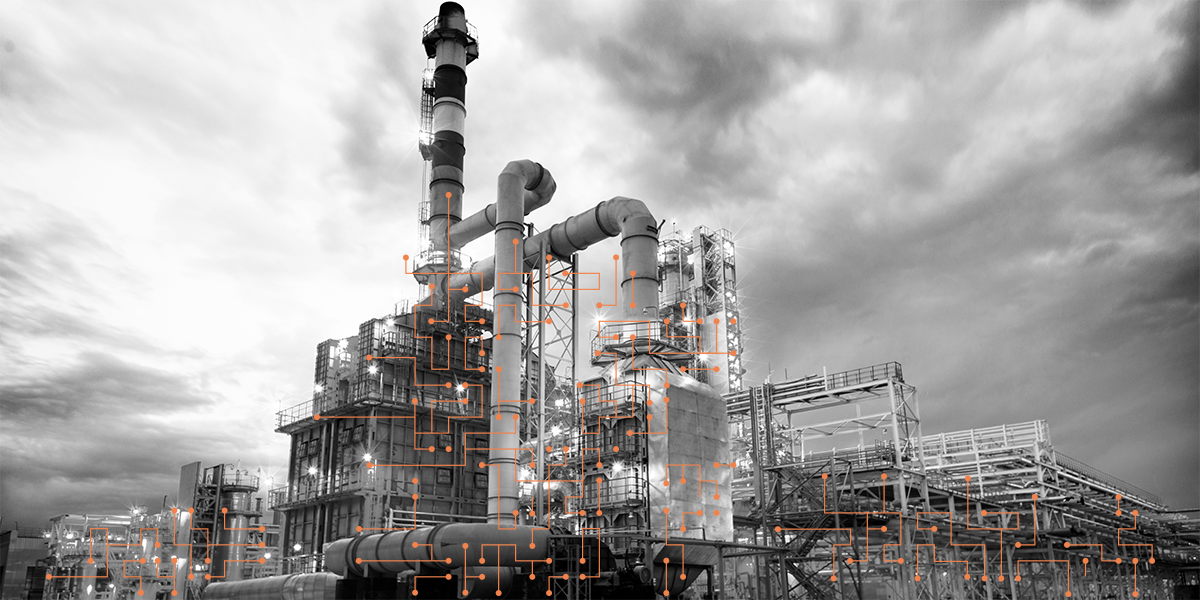Are you the owner of a processing plant or a part of its management team? If so, then you may have experienced an energy loss problem, a common issue in many industries. Despite spending time and money on training staff to be energy-conscious, production plants often need additional help to properly manage their energy use.
It can be difficult to track and identify exactly where the challenges with energy consumption are in a complex system. However, it’s important to know whether your facility is using too much energy, as this could have serious environmental implications as well as having an effect on your bottom line.
Energy Loss in Complex Assets
There are several common causes that can lead to inefficient processes and result in higher energy costs. Poor insulation, leaks, outdated equipment, improper ventilation, overworked machinery, and issues with motors or cooling systems can all contribute to wasted energy. Any of these factors may be leading to increased emissions and decreased production efficiency. You have to identify the source of the problem in order to begin implementing solutions that will help reduce energy costs and improve your facility’s efficiency.
Identifying Energy Problems
It is recommended to track your energy consumption to identify if you have an energy problem in your facility. This can be done by measuring the amount of energy (wattage) consumed over a period of time, as well as tracking temperature and humidity levels, with monitoring devices. This information can be analyzed to identify any problems or issues that may need further investigation. It’s also useful to keep an eye on warning signs, such as excessive vibration, loud noises coming from machines, or decreased air flow in certain areas.
Seven areas to check for energy losses
Energy is a critical resource for any processing facility, and usually account for a significant portion of the operating costs. Therefore, it is essential to ensure that energy is used efficiently to minimize costs and reduce the asset’s carbon footprint. However, identifying energy waste in a complex processing facility can be challenging. Here are some areas for attention that can help you identify if you have an energy waste problem:
- High energy bills
One of the most obvious signs of energy waste is high energy bills. If your facility’s energy bills have been increasing steadily, it is a sign that energy is being wasted somewhere. You can compare the current energy bills with the bills from previous months or years to see if there has been a significant increase.
- Constantly running equipment
If you notice that some systems or equipment is constantly running, even when there is no production, it is a sign that energy is being wasted. Inefficient equipment, such as old and outdated machinery, can consume a lot of energy even when not in use. Therefore, it is crucial to switch off the equipment when not in use.
- Overheating equipment
Overheating equipment can indicate that there is excessive energy consumption in the plant. Overheating is often caused by inefficient equipment or a lack of proper maintenance. Therefore, it is essential to ensure that all equipment is regularly serviced and maintained to prevent energy waste.
- Leaks
Leaks, including air leaks, can cause energy waste. Leaks in pipelines, valves, and fittings can lead to a loss of compressed air, steam, or other gases, resulting in increased energy consumption. It is crucial to identify and fix leaks as soon as possible to prevent energy waste.
- Inefficient lighting
Inefficient lighting is another sign of energy waste in a plant. Lighting can account for a significant portion of the energy consumption in a plant, especially if outdated lighting fixtures are used. Upgrading to LED lighting can be an easy way to reduce energy consumption and costs.
- Poor insulation
Poor insulation can cause energy waste by allowing heat to escape from the plant. Insulating walls, roofs, and equipment will also help to reduce heat loss, thereby reducing energy consumption.
- Excessive air conditioning or heating
Excessive use of air conditioning or heating is another contributor for energy being wasted. Ensuring that the temperature and humidity levels are set correctly and that the air conditioning and heating systems are functioning efficiently are vital.
Energy Conservation Strategies
Once you have identified the source of your energy problems, it’s time to start implementing solutions. This can include switching to more efficient equipment, using insulation to reduce heat loss, improving ventilation and air flow in the plant, or simply turning off machines when they are not being used. Additionally, investing in a “smart energy monitoring system” can help you track changes over time so that you can identify any potential misspending or even technical issues before they become major problems.
In conclusion, identifying energy waste in a complex processing plant can be challenging, but it is needed to ensure that energy is used efficiently. By monitoring energy bills, equipment, lighting, insulation, leaks, and air conditioning, you can identify areas where energy is being wasted and take steps to reduce your energy consumption and costs. Implementing energy-saving measures can not only reduce costs but also help to reduce your plant's carbon footprint, making your plant more environmentally sustainable.







